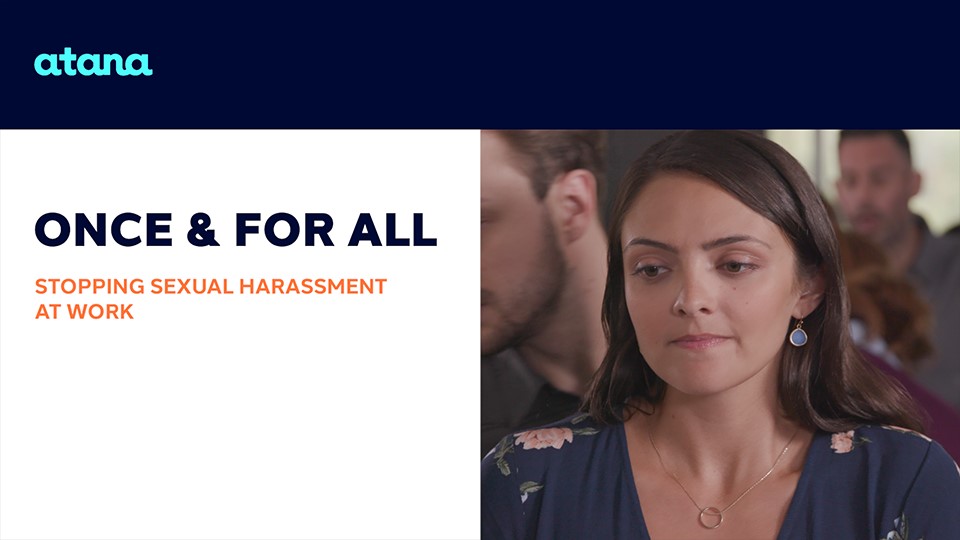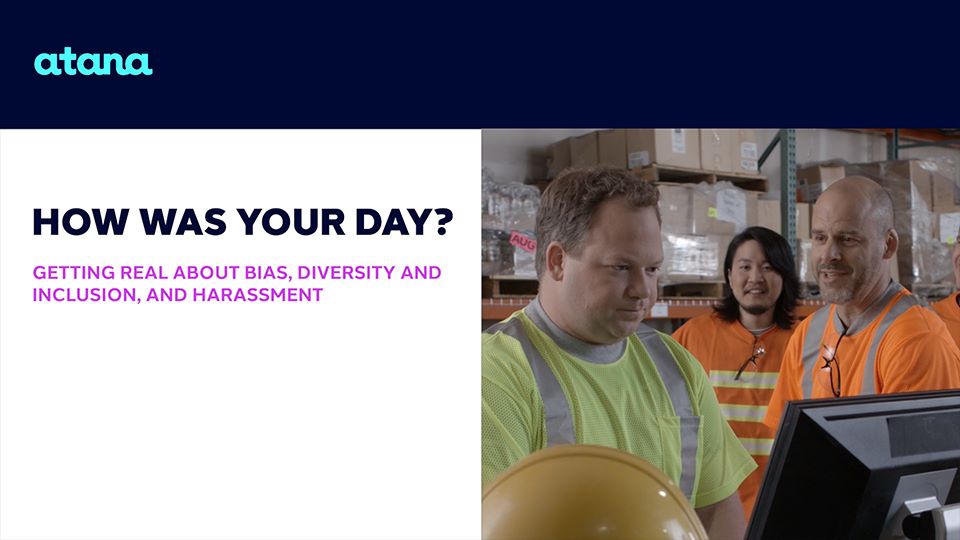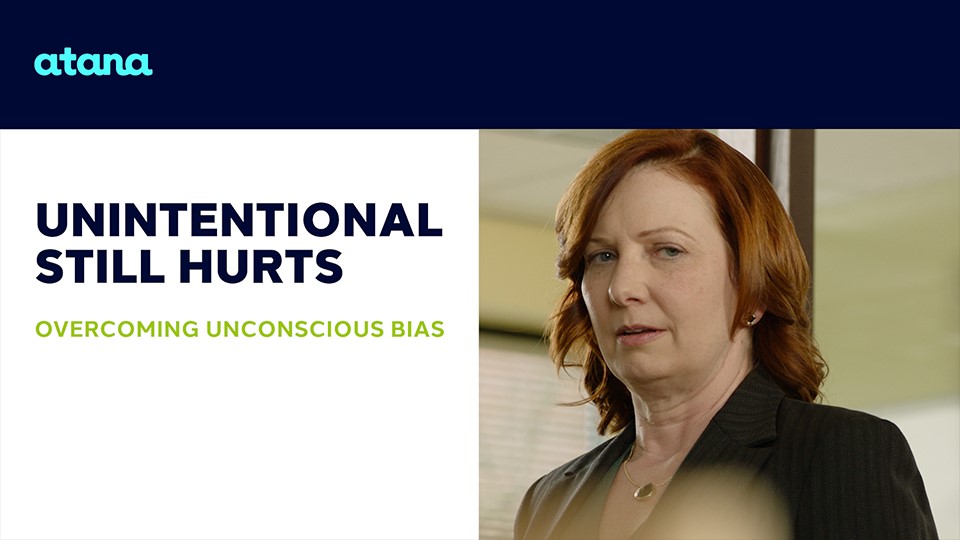
The Bystander Effect and Its Impact on the Workplace
Would you say something if you witnessed this?
Once & For All clip © 2018-2023 Atana
Most people today are familiar with the phrase, “If you see something, say something.” For many years now, this messaging has been used to remind people to play their part in helping keep everyone safe by speaking up if they see potential or actual danger. In the workplace, “if you see something, say something” applies to a number of situations, including:
- workplace violence
- sexual harassment or sexual misconduct
- abusive conduct such as bullying
It's a phenomenon called "The Bystander Effect."
It occurs when a bystander does nothing because of the presence of other bystanders. The Bystander Effect, also referred to as Bystander apathy, theorizes that individuals are less likely to intervene to help another person during a stressful or crisis situation when other bystanders are present.
Everyone has their own personal reasons for making the decisions they do and for behaving as they do. However, years of research into the Bystander Effect has revealed some common underlying themes:
The Bystander Effect was first studied by social psychologists John M. Darley and Bibb Latané in 1968. Their research showed that if an individual was the only witness to a violent event, they were likely to intervene 85% of the time, because they knew there was no one else to help the victim. But, as the number of bystanders increased, the number of people willing to intervene decreased. When four or more people were present, only 31% of witnesses offered help to the victim.
Diffusion of responsibility: When other bystanders are around, each feels less personal responsibility. As a result, each of the bystanders waits for one of the others to intervene. In the end, this may result in no one intervening.
Social influences: Bystanders will look at what others are doing in the situation to determine how to act. If others aren’t jumping in to help, it may give the impression that the situation doesn’t require intervention. If others are not taking action, a particular bystander may also be reluctant to do so for fear of standing out.
Fear: Bystanders will behave in a certain way due to fear of consequences. For example, in the workplace, a bystander to harassment or bullying may not speak up or otherwise intervene for fear of retaliation or becoming a target.
As was shown in the clip above, failure to address disruptive, demeaning or abusive conduct allows the toxic behaviors to continue and is a barrier to a respectful work environment.
But look what happens when someone speaks up!
How Was Your Day? clip © 2018-2023 Atana
Bystander Intervention Training
It takes awareness, courage, and intention to fight the Bystander Effect and stand up for respect. Atana courses all provide helpful instruction on how to effectively speak up when inappropriate behavior is witnessed.












